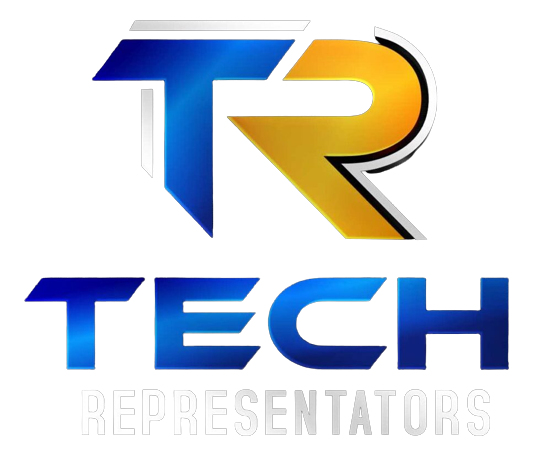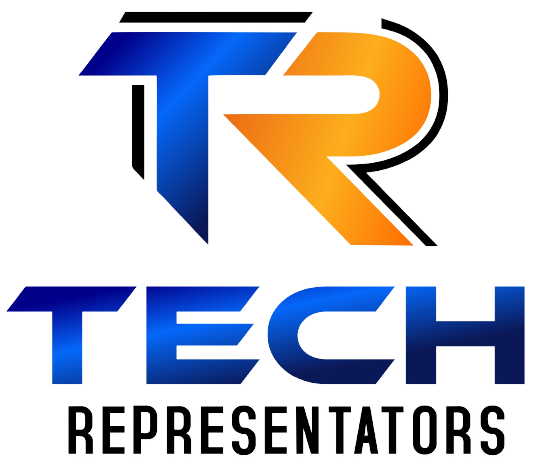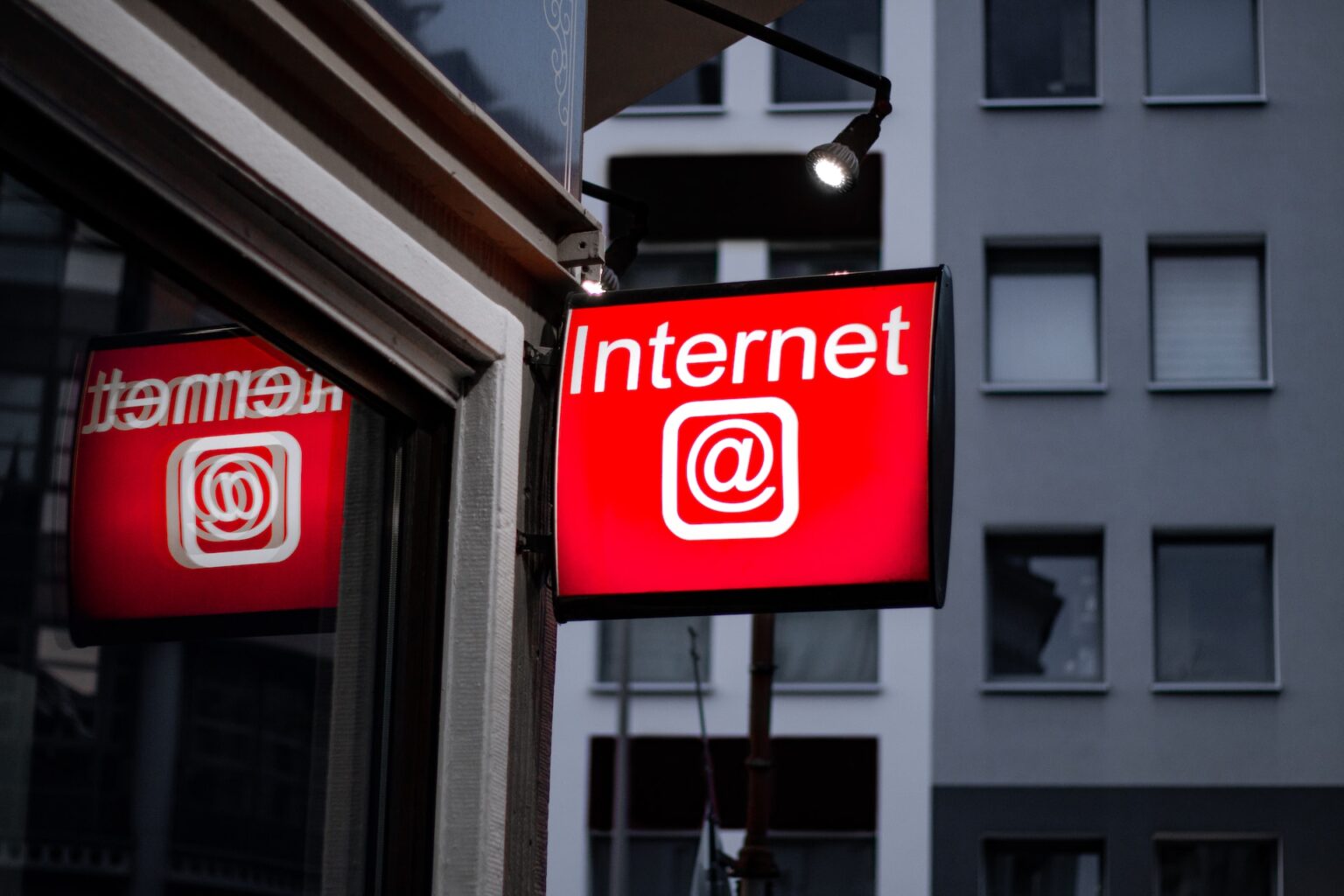Hey there, folks! Today, I want to dive deep into a fascinating topic that has been buzzing around in the healthcare world: the Internet of Medical Things, or as cool kids like to call it, IoMT. Believe me, this tech trend is more than just a mouthful to say! Buckle up because we’re about to go on a journey that will leave you speechless at the remarkable ways technology is transforming the healthcare industry.
The Rise of IoMT
Imagine living in a society where wearables, medical equipment, and common things are all connected and actively collecting data and sharing insights to enhance our health and wellbeing. Well, my friends, that’s precisely what IoMT is all about! It’s like a symphony of smart devices and sensors, working harmoniously to revolutionize the way we receive medical care.
Let’s face it: healthcare has advanced considerably, yet it still faces a number of difficulties. The IoMT seeks to address some of these challenges by enabling seamless communication between healthcare providers and patients, enhancing diagnosis, treatment, and overall healthcare delivery.
How Does IoMT Work?
IoMT is a network of interconnected devices that collect and exchange health-related data. These devices can range from wearable fitness trackers to sophisticated medical equipment, such as blood pressure monitors, glucose meters, and even smart pills. Yeah, you heard that right—smart pills! These pills can transmit data from inside your body. Science fiction becoming a reality, my friends!
All these devices, fueled by sensors and Internet connectivity, gather valuable information about your health status, daily activities, and even medication adherence. This data is then transmitted securely to healthcare professionals who can monitor your condition remotely, make timely interventions, and provide personalized care.
The IoMT Benefits Galore
Now, you might be wondering, “Hey, why should I care about IoMT?” Well, my dear reader, let me break it down for you. IoMT brings forth a plethora of benefits that can significantly enhance the quality of healthcare delivery.
- Faster and Accurate Diagnoses: With IoMT, healthcare providers have access to real-time patient data, enabling faster and more accurate diagnoses. No more waiting for lab results or relying solely on subjective symptoms. The devices are here to provide hard data to support the doctors’ decisions.
- Improved Treatment Outcomes: Thanks to IoMT, healthcare professionals can monitor patients remotely, ensuring compliance with treatment plans and making adjustments as needed. It’s like having a virtual doctor right by your side, keeping a watchful eye on your health 24/7.
- Efficient Resource Allocation: IoMT allows healthcare institutions to optimize resource allocation. By remotely monitoring patients, hospitals can identify those in need of immediate care, reducing unnecessary hospital visits and freeing up beds for patients who truly require them.
- Empowered Patients: IoMT empowers patients to actively participate in their own healthcare journey. With access to real-time health data, individuals can make informed decisions, track their progress, and adopt healthier lifestyles. It’s like having a personal health coach, minus the hefty price tag!
Challenges on the Road to IoMT
There will undoubtedly be some difficulties along the road, as with every digital revolution. It’s important to acknowledge these challenges and work towards overcoming them for the widespread adoption of IoMT.
- Data Security and Privacy Concerns: With the abundance of personal health data floating around in the digital realm, ensuring its security and privacy becomes paramount. Stricter regulations and robust cybersecurity measures are necessary to protect sensitive medical information from falling into the wrong hands.
- Interoperability and Standardization: With an ever-increasing number of devices and manufacturers, ensuring seamless interoperability and standardization across IoMT platforms can be a daunting task. Efforts are underway to establish common protocols and frameworks to streamline the exchange of data.
- Overcoming Resistance to Change: Let’s face it; not everyone embraces change with open arms. The adoption of IoMT requires a cultural shift within healthcare organizations, as well as the acceptance and trust of patients. Educating stakeholders about the benefits and addressing concerns is crucial to ensure smooth integration of IoMT into the healthcare landscape.
The Future is Now!
In conclusion, my dear readers, the IoMT is not just a buzzword. It represents a transformative force that has the potential to reshape healthcare as we know it. The benefits are aplenty, from faster diagnoses to improved treatment outcomes and empowered patients. However, challenges such as data security and interoperability need to be addressed for IoMT to reach its full potential.
As we move forward, let’s embrace the wonders of technology while remaining mindful of the ethical and privacy implications. The IoMT has the power to bring about a healthier, more connected future, where healthcare delivery is personalized, efficient, and accessible to all.
So, buckle up and get ready for the IoMT revolution—it’s happening, and it’s happening now!
Stay healthy, folks!


